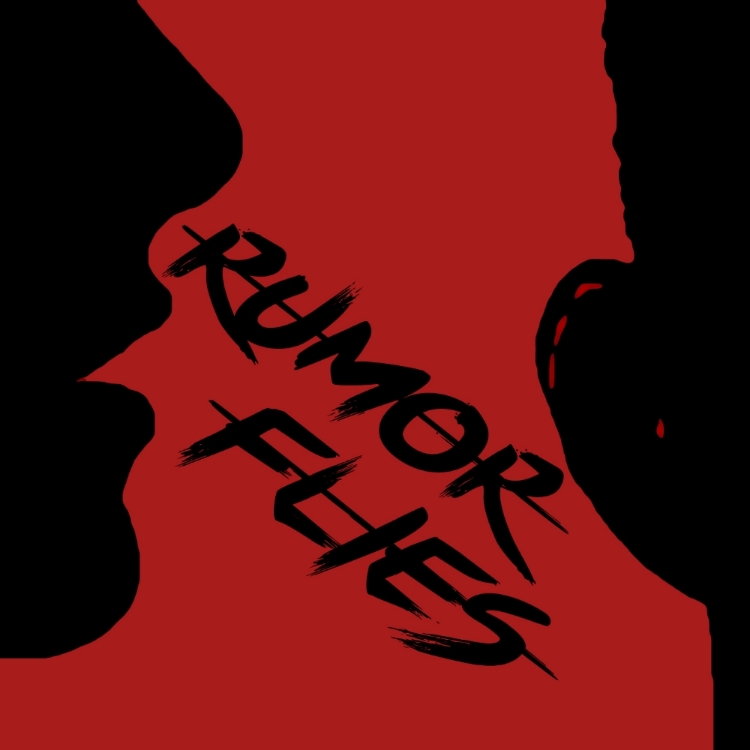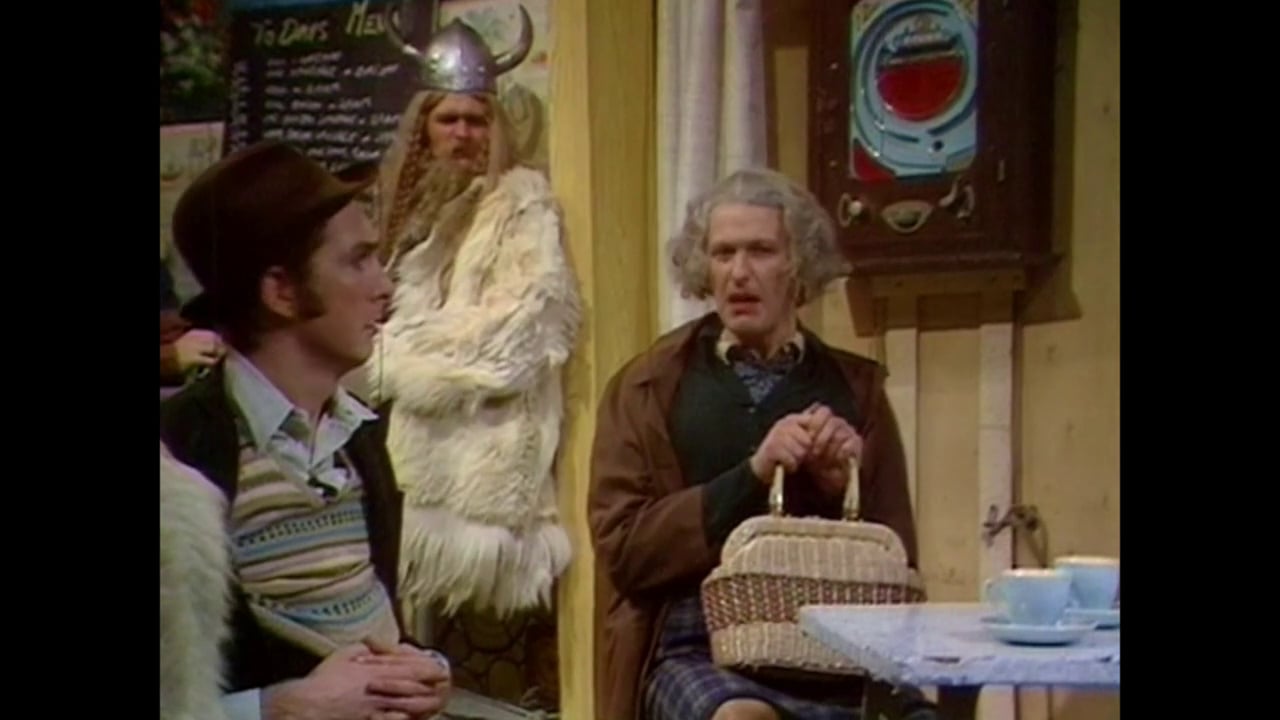Snap Judgment #31: Tulip Mania
Snapple fact #175: In 1634, tulip bulbs were a form of currency in Holland
Verdict: False
This is something we have covered in a similar fashion before, specifically about tea being used as a form of currency. It’s not unprecedented to think that something in high demand being used as a form of money. You exchange goods and/ or services for some form of payment, which doesn’t have to mean money. This is where the phrase “tulip mania” originates.
See, tulips were this hot, new item that everyone wanted. There were the fidget spinners or those jump mans everyone loved back in the day. They were fashionable and different unlike any other flower out there. Flowers had so many uses in a time without the internet.
gif source
The problem is that the value of tulip bulbs fluctuated very quickly in Holland. The peak of tulip mania was in January 1637 and then the market crashed. Except crashed is a very relative term in the sense that nobody really lost any money or product. Money wasn’t really exchanged until the bulbs were in hand and the people that already paid would get them eventually. In fact, not a single bankruptcy was filed because of the flowers that year.
Honestly, I wouldn’t even say that they were used as currency. They were in high demand but they weren’t replacing money used back then. They were just a luxury item for a short while that people loved to appear wealthy. Rumor Flies gun to my head, I’d say this is false.














